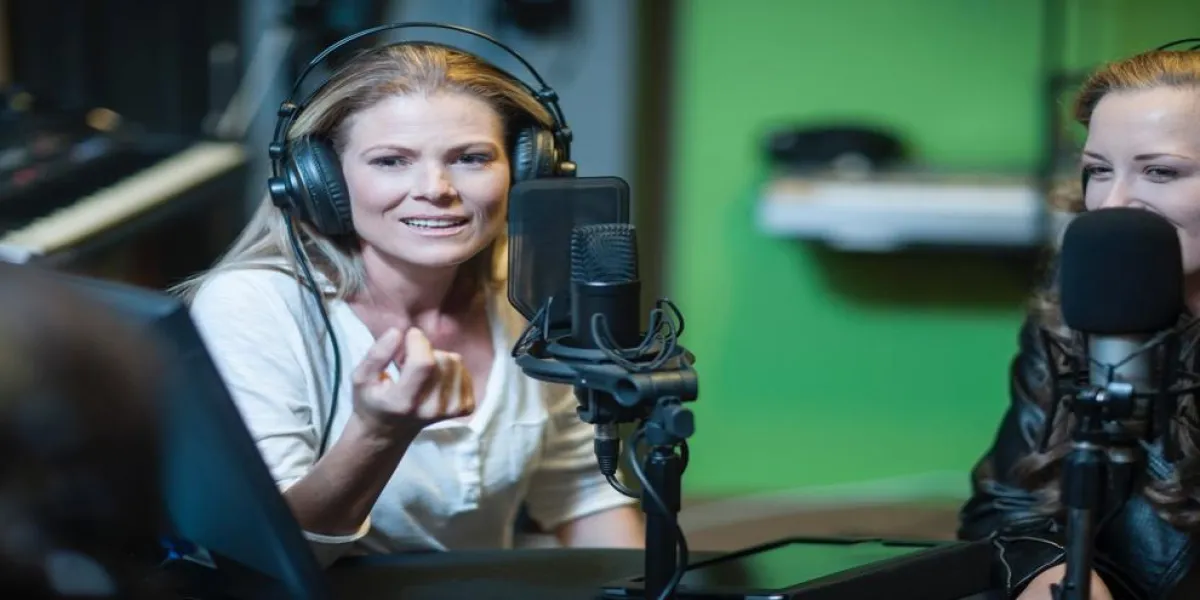What Are the Emerging Dubbing Trends for 2025?
If you thought dubbing was just a boring old art of slapping voices onto foreign shows, think again! In 2025, dubbing is having a glow-up worthy of a Hollywood makeover. From AI voice wizards that can mimic emotions better than your best friend during a dramatic breakup, to the skyrocketing demand for content in every language under the sun on platforms like YouTube, TikTok, and Netflix, the future is loud, clear, and oh-so-localized.
So, what’s shaking up the dubbing world this year? Grab your popcorn (in your preferred language, of course) and let’s dive into the 2025 trends, tech, and cultural craziness making dubbed content the star of global streaming.
AI-Driven Dubbing: The Robot Voices That Don’t Sound Like Robots
Welcome to the future, where AI isn’t just about beating humans at chess; it’s also giving dubbing a serious upgrade. AI-driven dubbing uses smart algorithms and voice synthesis to create dubbed audio faster and cheaper than ever before. Imagine a virtual voice actor who never calls in sick, doesn’t demand coffee breaks, and can speak 10 languages without an accent. Sounds like a dream, right?
Advantages? Oh, plenty:
- Speedy Gonzales Level Fast: AI can dub entire episodes or even movies in a fraction of the time it takes a human. So that viral Korean drama can hit your screen with perfect Spanish, French, or Swahili in no time.
- Budget-Friendly: Hiring a whole cast of voice actors for every language? Nah! AI can cut costs significantly, making it easier for smaller studios and indie creators to go global.
- Consistent Voices: Ever watched a dubbed series where the main character’s voice changes halfway through? Yeah, AI keeps things consistent, no surprise guest voice actors popping in.
But wait, it’s not all rainbows and robot charm:
- Emotion Underload: AI still struggles to capture those subtle human emotions. Sometimes it’s like your dubbed character is either a robot or on a caffeine high—no in-between.
- The “Uncanny Valley” Problem: When an AI voice is almost human but not quite, it can creep you out more than a ghost in a Netflix horror show.
- Creative Limitations: Voice actors bring personality, improvisation, and cultural nuance. AI’s not quite there yet, so some jokes or local slang might sound flat or get lost in translation.
Addressing Challenges: Why AI Dubbing Isn’t Always the Superhero We Hope For
Okay, so AI dubbing sounds like the perfect sidekick, but like any superhero with a cape, it’s got a few kryptonite moments. Before we all start handing over our favorite characters’ voices to robots, let’s talk about why it’s not all smooth sailing in AI land.
While AI dubbing offers impressive advantages, it often struggles to capture cultural nuances and local humor, which can make dubbed content feel unnatural or out of place. Emotional syncing remains a major hurdle; AI voices can sound clear but lack the genuine feelings human voice actors bring, resulting in a robotic or flat performance that turns viewers off.
Another key issue is the “uncanny valley” effect, where AI-generated voices are almost, but not quite, human—causing discomfort for audiences. Legal and ethical concerns also arise with AI dubbing, especially regarding voice cloning and permission, raising questions about copyright and voice ownership.
Lastly, while AI dubbing in 2025 shows rapid improvement, human creativity and emotional depth remain irreplaceable for truly engaging content.
Some major platforms are experimenting with AI in limited ways. For example, Netflix has tested AI dubbing for trailers and short-form content, but still relies on professional voice actors for its main programming to preserve emotional depth and authenticity.
Conclusion
AI dubbing in 2025 is changing the game, no doubt about it. But while the tech is impressive, nothing beats the warmth, wit, and wow-factor of real human voices.
At Tik-Tak Audio, we’re embracing the future of dubbing, but we still believe in the power of people. Our voice actors don’t just speak your language; they feel it, live it, and deliver it with soul (and the occasional perfect dramatic pause).
Want to make your content sound human, and not like it came from a robot with a cold?
Get in touch with us! We’re real, friendly, and not AI (unless you catch us before coffee).




